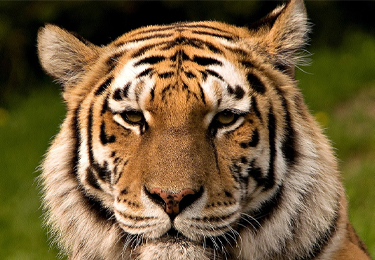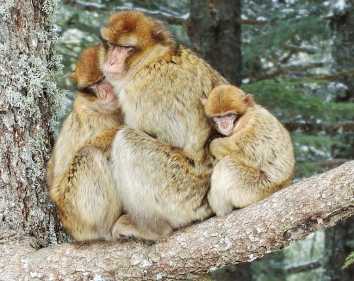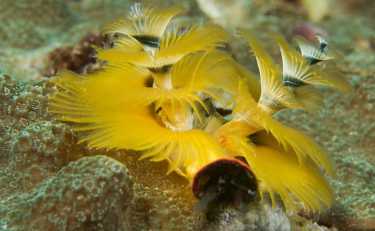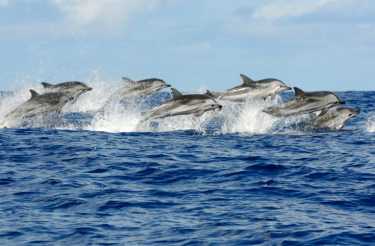
(Image Caption: Anomalocaridids had long, spiny head limbs presumably used to snag prey, and a series of blade-like filaments in segments across the animal's back, which scientists think might have functioned as gills.)
Image Credit: Esben Horn
Amazingly well-preserved fossils of monstrous soft-bodied animals - discovered in south-east Morocco last year - are recasting palaeontologists ideas about life in theoceans480 million years ago.
The work, out in today'sNature,揭示了这些掠食性海洋创造(称为异质体)的生存比科学家以前想象的长300万年,直到奥陶纪时期。它提醒人们,化石记录给我们带来了生活漫长旅程的偏见,因为柔软的生物只能保存为化石。
It is thought that these large early predators rippled over the muddy sea-bottom, seeking out prey such as worms and trilobites, and perhaps scavenging too.
They first appear in the fossil record way back in the Cambrian period - a time stretching from 540 to 490 million years ago. That was when a massive evolutionary explosion populated the oceans with a diverse array of new complex animals. And the anomalocaridids may have been 'top dogs' of life's early scene.
But scientists believed they became extinct at the end of the Cambrian, which coincided with the rise of hard-bodied organisms, like the cephalopods. It now seems, though, that their absence in the Ordovician was more down to the lack of good conditions, for the preserving their soft tissues.
It is thought that the site in Morocco was witness to great sediment clouds, 480 million years ago, which quickly, but gently, buried the anomalocaridids - as well as other soft-bodied animals living on the sea-floor.
''The anomalocaridids are one of the most iconic groups of Cambrian animals,'' said Derek Briggs, from the Yale Peabody Museum of Natural History, and one of the authors of the study.
He went on ''These giant invertebrate predators and scavengers have come to symbolize the unfamiliar morphologies displayed by organisms that branched off early from lineages leading to modern marine animals, and then went extinct. Now we know that they died out much more recently than we thought.''






